Is your natural wicker furniture dehydrated? Experts share the key to reviving these pieces
Wondering how to make wicker furniture feel new again? This is what experts suggest for your favorite woven pieces
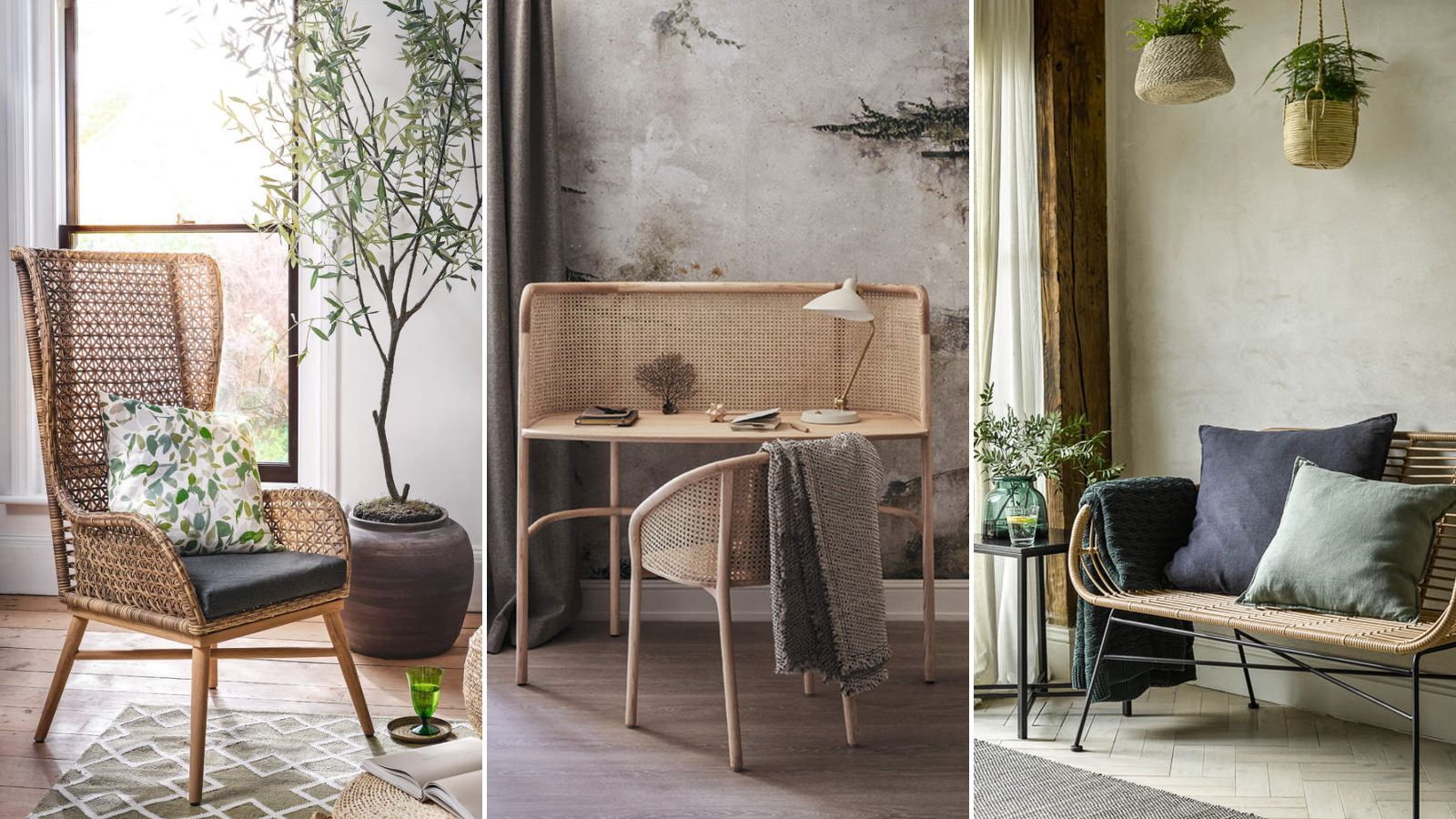

Synonymous with patio living, wicker furniture brings timeless elegance and character to an indoor and outdoor setting. No matter how a wicker armchair or accent table might have livened up your patio ideas or Wabi Sabi-style living room last year if these pieces are failing to impress, you might want to know how to make wicker furniture feel new all over again.
First things first, as touched on in our best outdoor furniture guide, wicker is a weave rather than a material in itself, with some of the most impressive patio sets made of natural materials like willow, rattan, bamboo, or reed. Some wicker patio furniture is also found in synthetic materials, such as poly rattan.
If you have a penchant for vintage shopping, the chances are you regularly come across an original wicker piece in want of a little attention. And it seems we can even apply some of our own anti-aging techniques to taking care of natural wicker, since keeping it hydrated, and supple is actually quite essential in helping it age well, and last longer.
How to maintain wicker furniture
The cure is in prevention, as they say, and your efforts here will be rewarded: 'One of the great things about wicker furniture is that, as long as you keep up with it, repair and maintenance isn't actually that tough,' says Rafi Friedman, president of Coastal Luxury Outdoors.
Whether your wicker set is natural or designed from man-made materials, there are ways to keep your pieces looking beachside chic and reminiscent of a luxury getaway rather than a little tired and better kept in the garage. Here are the necessary stages of making wicker feel like new, including the art of hydration.

Rafi Friedman is the president of Coastal Luxury Outdoors, a pool building, construction, and cleaning company based in Florida. Coastal Luxury Outdoors provides a five-star service to over 1,000 clients, building more than 100 pools annually, to deliver a sublime outdoor living experience.
Dusting and vacuuming wicker furniture
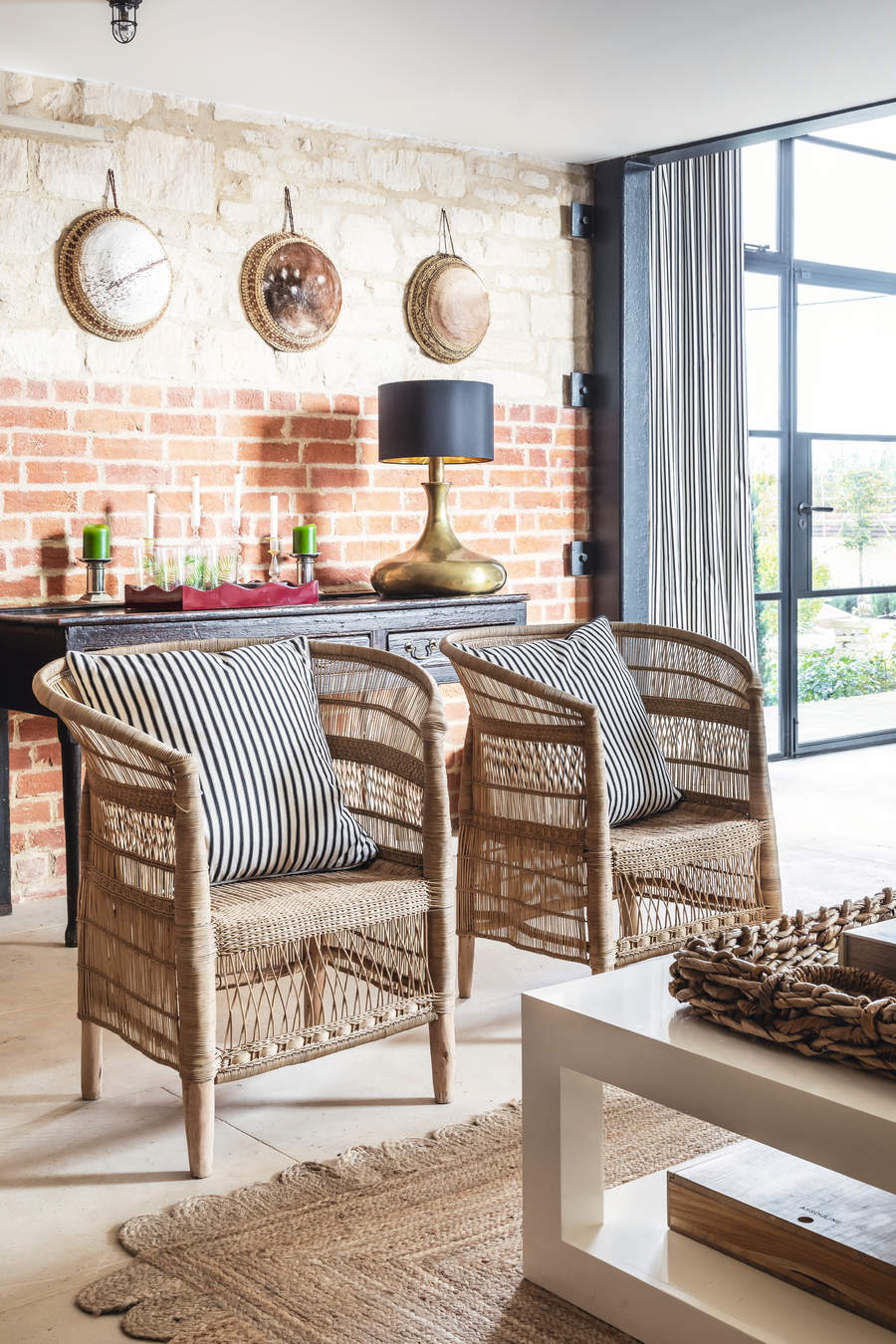
For all types of wicker furniture, daily dusting will keep it looking smart and help avoid debris accumulation in its crevices. However, the tight weave and structure of wicker furniture can be problematic. Consider keeping a feather duster, cleaning brush, or a clean white, lint-free cloth nearby.
For a deep clean, begin with your favorite vacuum cleaner to target hard-to-reach areas. 'For wicker, I recommend starting with a good vacuum with a brush attachment to remove as much dust and particles as possible,' says Willow Wright, Owner of Urban Redeux. Willow then recommends giving the furniture an additional brush using a thick, clean furniture brush to get into the grooves, too. This soft-bristled Sofa Furniture Brush from Walmart should do the trick, but you might need to adjust the size depending on the piece of furniture.

Willow is the proud owner of Urban Redeux, a vintage store in Northern Virginia that sees hundreds of unique furniture pieces pass through its doors on the regular.
'Regardless of the material the wicker is made of, routine cleaning will keep it looking its best,' adds Luis Toja, an upholstery cleaning professional at Fantastic Services. Luis also recommends vacuuming once a fortnight.
To target very small particles that might get in the way of a deep clean, Luis recommends a toothbrush and another beauty tool you will likely have to hand in your bathroom vanity. 'You can also find that the crevices of the furniture can attract hair and the most efficient and inexpensive way to remove it is by using tweezers.'

Luis Toja is an experienced upholstery cleaning professional at Fantastic Services, a UK-based company of experts that specializes in house maintenance. Luis takes pride in his ability to connect with clients from all aspects of life. This fuels his passion for upholstery, cleaning, and transforming furniture.
Cleaning wicker
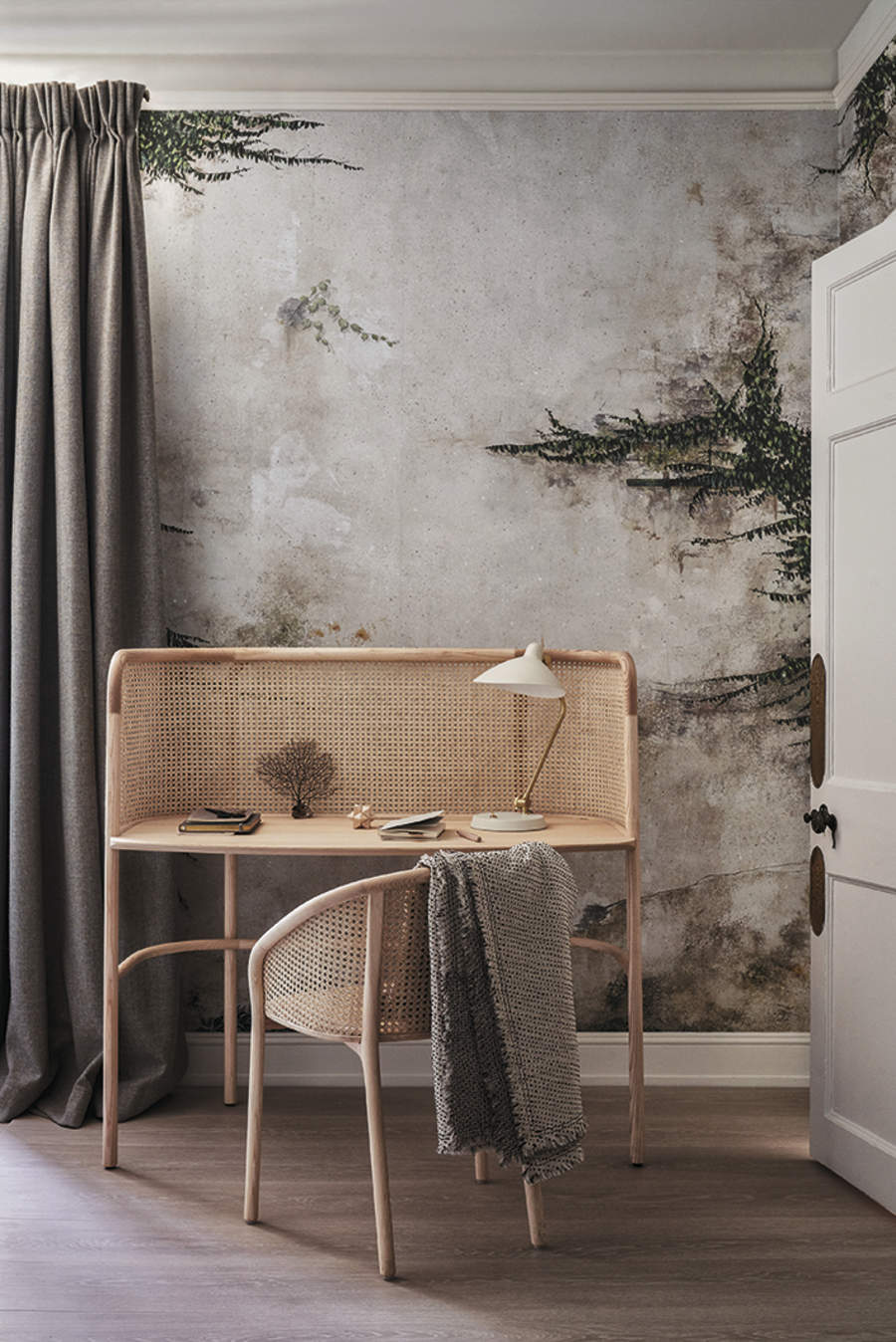
When discussing finished wicker, Willow recommends water and a mild soap solution: 'You can also rinse it down with a hose, or if it’s small, you can dip it in the tub with some Murphys.' Try to do this when the weather permits. 'It is best to do this on a sunny day so that it can dry outside.'
A product like Murphys, which you can find on Amazon,is bleach and ammonia-free and recommended for use on finished wood and non-wood surfaces. This, or a mild detergent, should help remove stains also. Be sure to use a gentle formula that is safe for use on the particular wicker material you are cleaning, and wipe it down thoroughly with a dry cloth once finished. Always read the dosage and preparation instructions for any commercial cleaners, and take indicated safety precautions. It is wise to use unfamiliar products on an inconspicuous part of your piece.
Repairing and realigning wicker
Depending on how much you use your wicker furniture, these woven pieces are susceptible to snapping, especially if natural materials have become brittle over time. 'The most common problem you'll run into is individual broken canes,' says Rafi, who notes that wood glue can usually be of assistance. 'In these cases, you can simply weave them back in, use some wood glue and perhaps a clamp to hold them in place, and let the wood glue dry.'
With indoor wicker sets that might see year-round use, the weave can simply fall a little out of place and might need to be readjusted: 'The alignment of the weaves can get distorted and it’s better to realign them to ensure that your wicker piece lasts longer and keeps its stability intact,' says Luis.
Rehydrating natural wicker
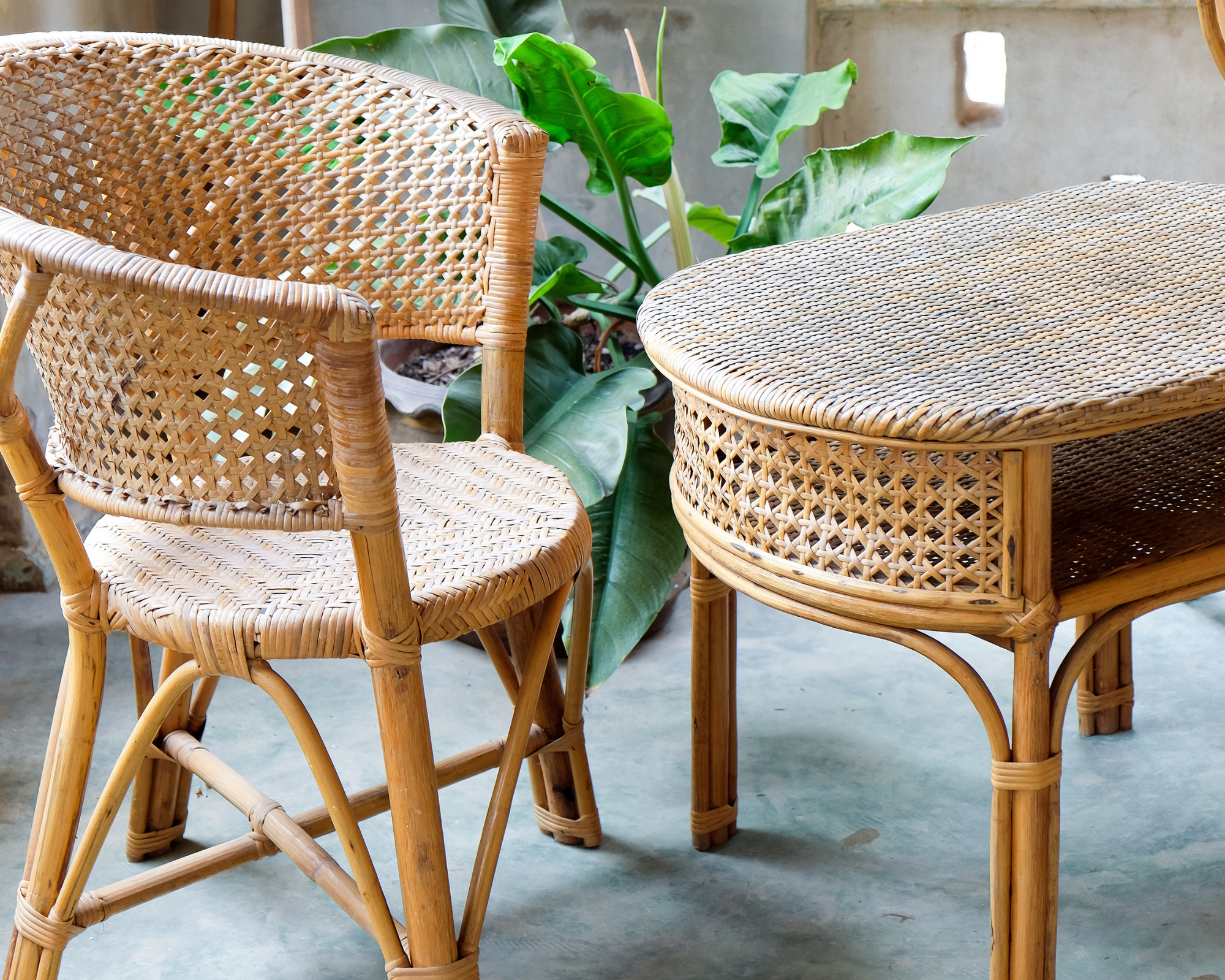
Over time and with exposure to the elements (harsh winds, strong sunlight), or indoor environmental factors (such as too much heat), natural wicker can be prone to snapping. To prevent brittle wicker in the first place, you might want to consider hydrating your natural wicker pieces. 'The basic idea behind rehydrating wicker is that, as wicker ages and dries out, it tends to get more brittle,' explains Rafi who shares two methods that will effectively rehydrate wicker furniture.
Firstly, you can make this part of the cleaning process by drenching a whole piece of wicker furniture to make it more supple and resilient. 'This can be as simple as spraying it down thoroughly with a hose,' says Rafi. 'You'll want to let the surface dry before you try to repaint it, but some moisture will remain within the wicker canes, making them more flexible.'
You could also take a more localized approach to wicker hydration: 'If you're trying to repair a section of broken wicker, you can apply water directly to the spot to make the canes more flexible. If you want to accelerate this effect, use hot water or even a steam cleaner in small bursts.'
Refinishing wicker
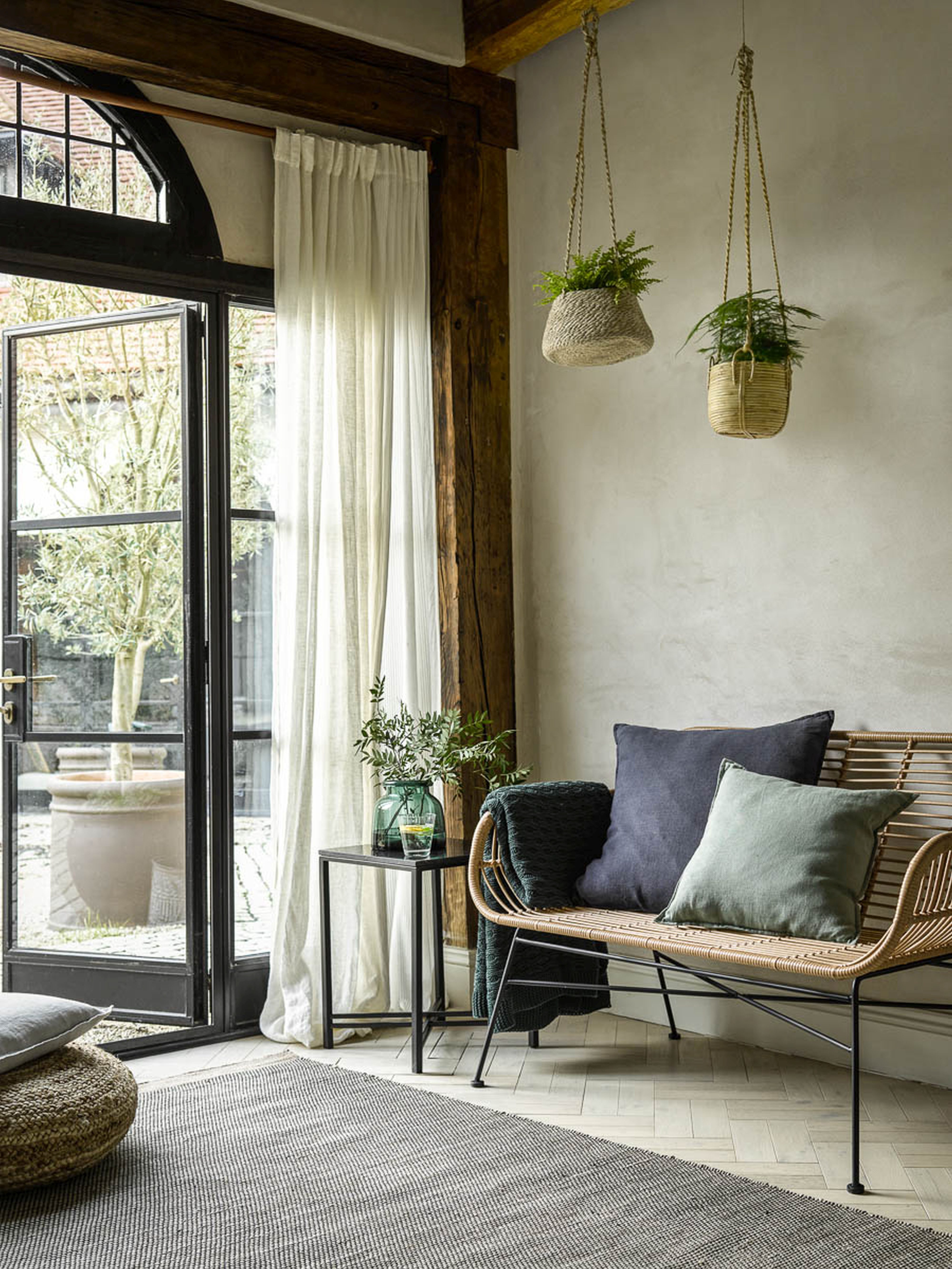
'It's also important to keep your wicker furniture properly finished, especially if you're going to keep it outside,' continues Rafi. 'I recommend a quality exterior paint for use on your wicker furniture. It will protect it from water damage and also help to reinforce its structure.'
If you have unfinished wicker furniture, using a natural oil can reinvigorate the material. 'For unfinished wicker, simply give it a good rub down with a linseed oil and allow it set for a few days before using it so all the oil is absorbed,' recommends Willow. You need not do this for painted wicker furniture, or synthetic designs. If you want to repaint wicker furniture, our guide can help with this.
Teak oil is an alternative as suggested by Luis, who says it is similar to linseed oil. Willow has also had success using orange oil in a previous wicker furniture restoration project, as it was simply what was to hand. Orange oil, such as this Howard Product on Amazon, is often found as an all-wood furniture polish.
Synthetic wicker furniture will not benefit from rehydrating with oils. 'For synthetic wicker, if there’s any damage, such as cracking, you can use WD-40 instead by spraying it in thin layers,' says Luis instead. This silicone lubricant can be found on Amazon and might be useful when restoring metal outdoor furniture, too.
FAQs
How often should I clean wicker furniture?
How often will ultimately depend on its location and how often you use your wicker furniture pieces.
Daily dusting and maintenance are recommended. When it comes to a deep cleaning, you might only need to restore outdoor wicker furniture when coming into season, and indoor wicker pieces on occasion throughout the year. Naturally, if you have bought a vintage wicker piece that is tired-looking, this will merit an initial spruce. 'Wicker furniture only requires a more thorough cleaning once or twice a year,' says Luis. Even still, be sure to catch natural wicker at the right moment for a higher chance of successfully refreshing it: 'You can only restore dried-out rattan and other types of natural wicker if the damage on the material isn't too significant.'
Can you use ammonia to clean wicker furniture?
It is quite common to use ammonia when cleaning wicker furniture. 'Using harsh cleaners can affect the texture and color of the wicker material and, instead, the most common and safer cleaning agent used for wicker is ammonia,' continues Luis.
'Use soapy water mixed with 1 or 2 teaspoons of ammonia to clean the wicker using a soft brush and rinse well and let the piece dry in the sun.' Be sure to follow all safety and usage instructions if cleaning with ammonia, and work in a well-ventilated space.
Clean, repair, rehydrate, and refinish wicker furniture properly to give it new life, and ensure its good looks add interest to your home for years to come.
Sign up to the Homes & Gardens newsletter
Design expertise in your inbox – from inspiring decorating ideas and beautiful celebrity homes to practical gardening advice and shopping round-ups.

Camille is the former deputy editor of Real Homes where she covered a broad range of topics, including house tours, small space design, and gardens. She studied English language and Italian at the University of Manchester and during a year abroad studying linguistics and history of art in Bologna, Italy she started documenting her adventures and observations in a blog. Camille is always creating and spends her downtime painting, taking photos, traveling, and writing short stories.
-
 How to get rid of bean seed flies – a pest control expert reveals how to keep crops safe from these seed munchers
How to get rid of bean seed flies – a pest control expert reveals how to keep crops safe from these seed munchersAs their name implies, these insects primarily feed on bean crops
By Tenielle Jordison
-
 Sarah Michelle Gellar's kitchen cabinets are moody yet elevated – I've always used dark paint with caution, but they make bolder tones accessible
Sarah Michelle Gellar's kitchen cabinets are moody yet elevated – I've always used dark paint with caution, but they make bolder tones accessibleThe actress's black kitchen cabinets are bold yet palatable, proving that this dark shade is a trendy yet timeless color pick
By Hannah Ziegler